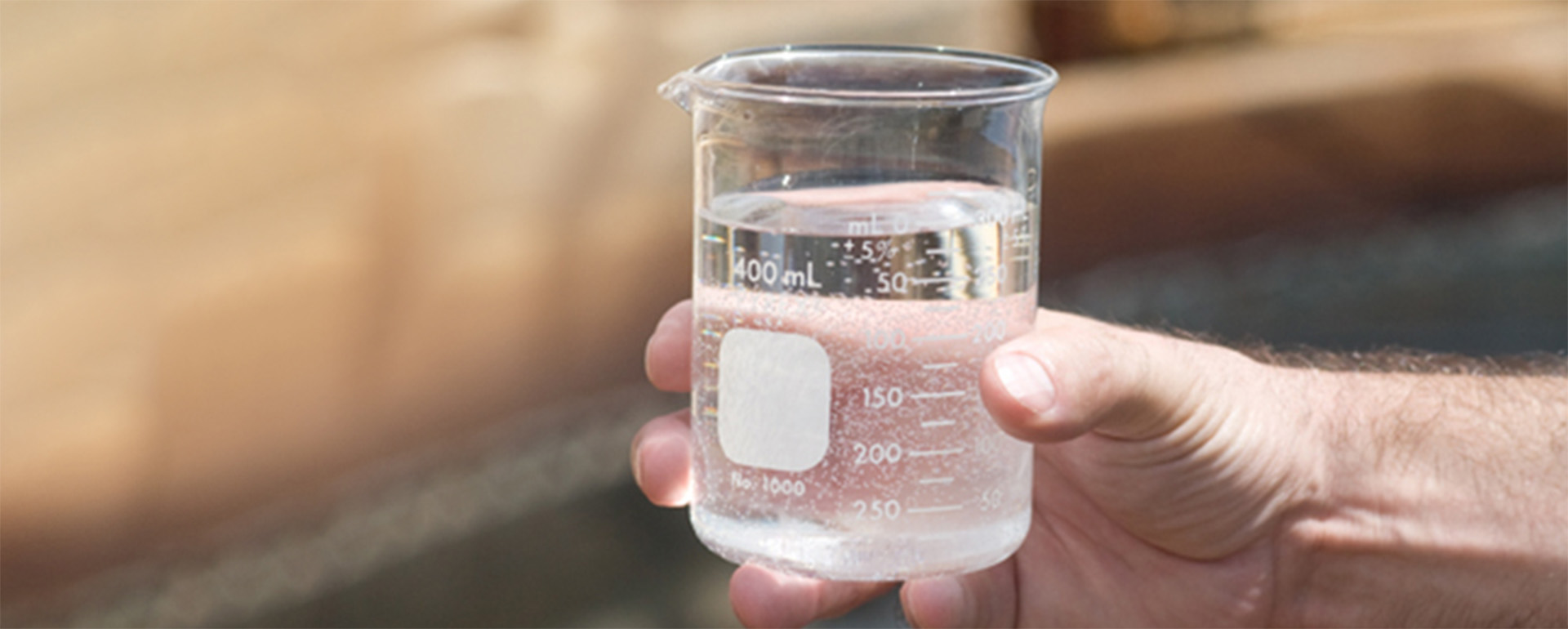
Within our facilities, our water conservation goal is threefold: reduce, reclaim, and reuse.
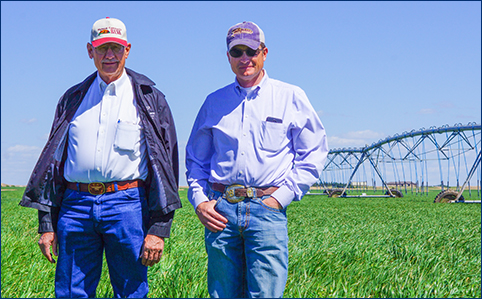
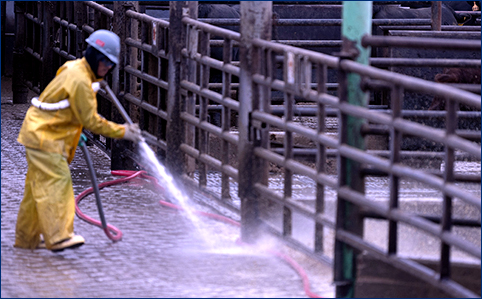
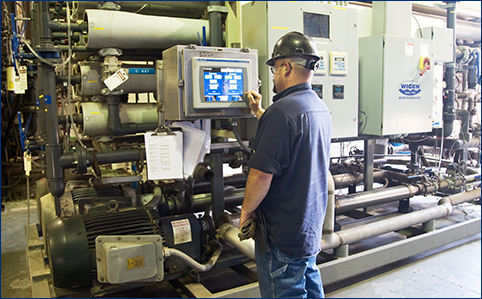
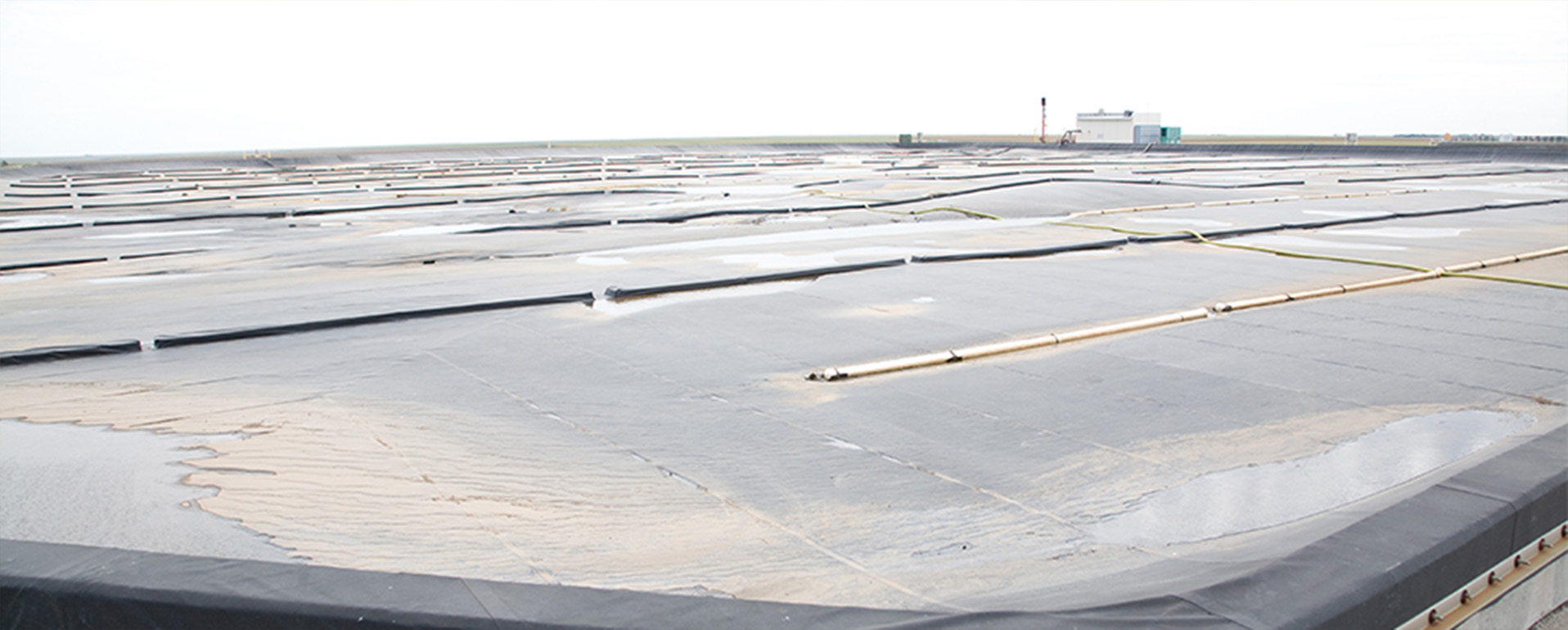
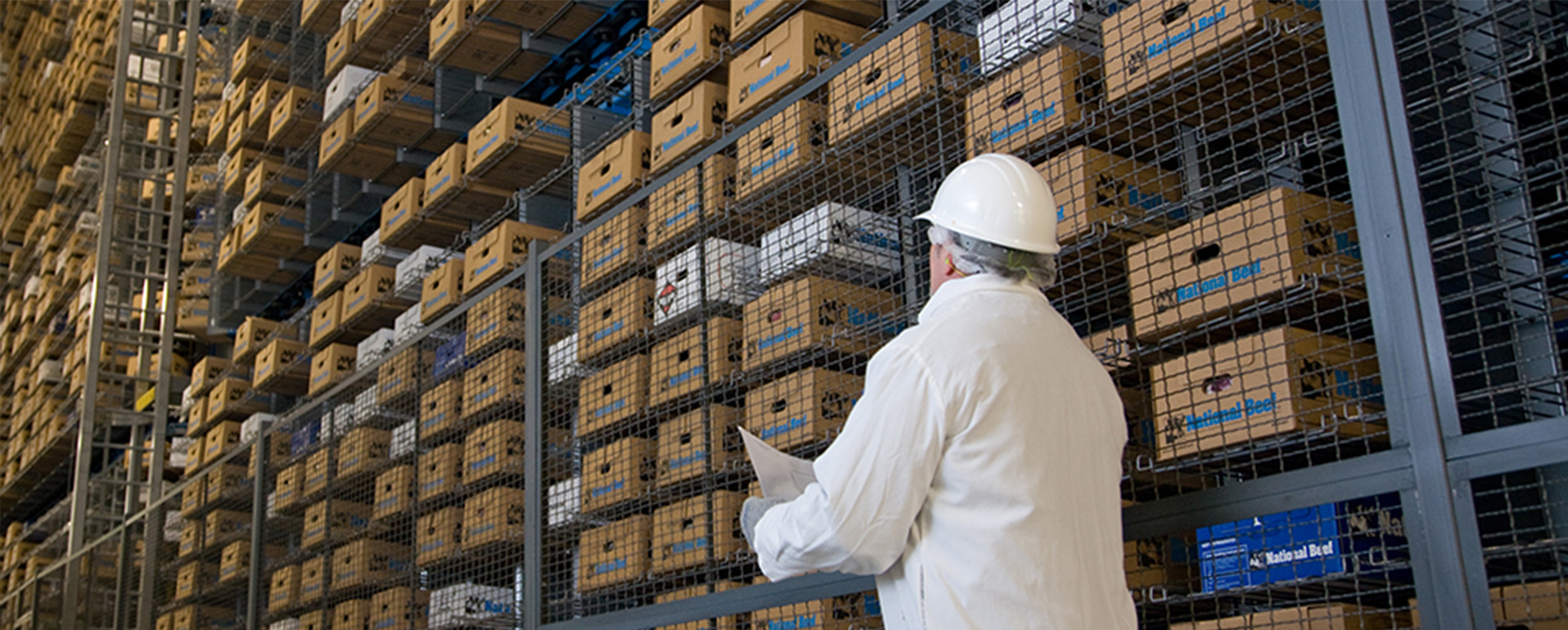
National Beef sends carcass paunch from our Kansas facilities to a composting program at the Seward County Landfill (SCL). The paunch material is composted into a soil amendment valued as a fertilizer for agriculture and home gardening. The SCL also utilizes the compost as a natural landfill cell cover, eliminating the need for plastic covers. This natural cover aids in the growth of grasses that further enhance the biodegradation process.
In North Baltimore, Ohio, our facility is leading the charge on a Zero Landfill initiative that encourages reusing and reclaiming through an extensive recycling program.
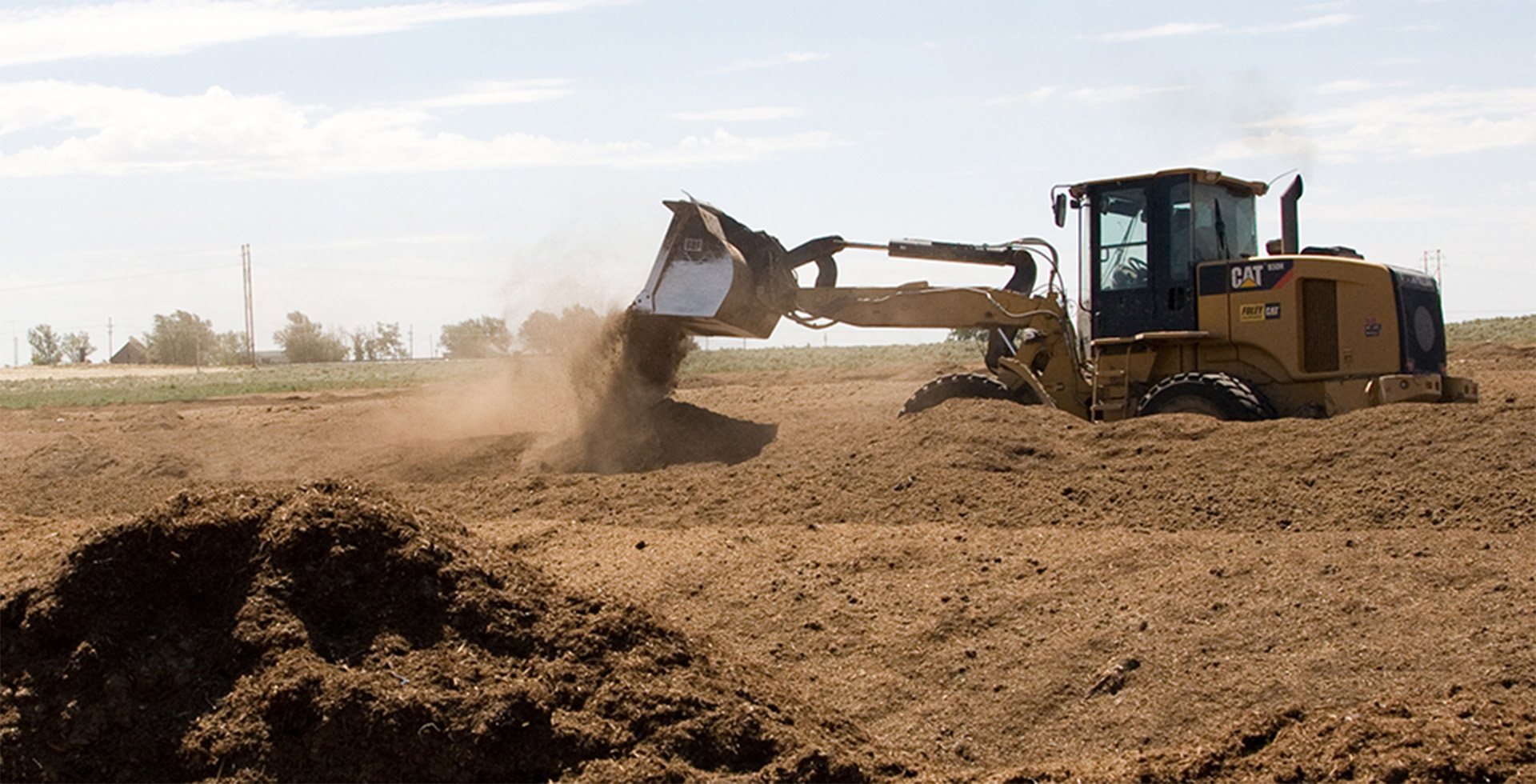
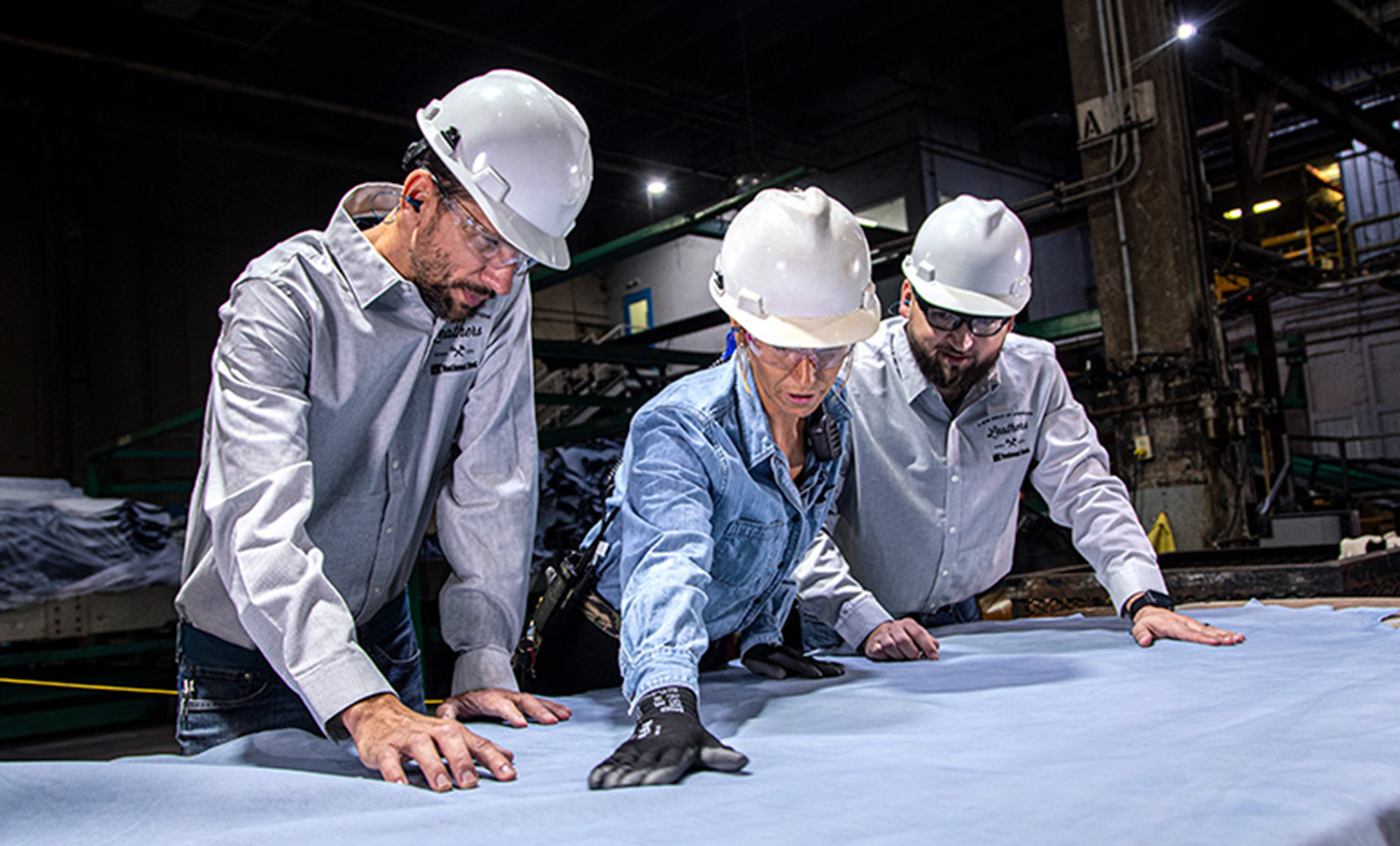
While beef is the mainstay of our business, we optimize the value of the whole animal to reduce waste. Carcass by-products provide materials to medical, consumer, and animal nutrition. And our Leather Working Group (LWG) Silver-certified tannery processes raw hides into wet blue leather to be used in automotive seats, footwear, and accessories.
At our beef processing facilities in Kansas, the rendering process converts residual parts of the carcass into edible and inedible animal by-products. This reduces food waste, saves landfill space, and decreases environmental impact. National Beef renders 1.5 billion pounds of raw material each year.